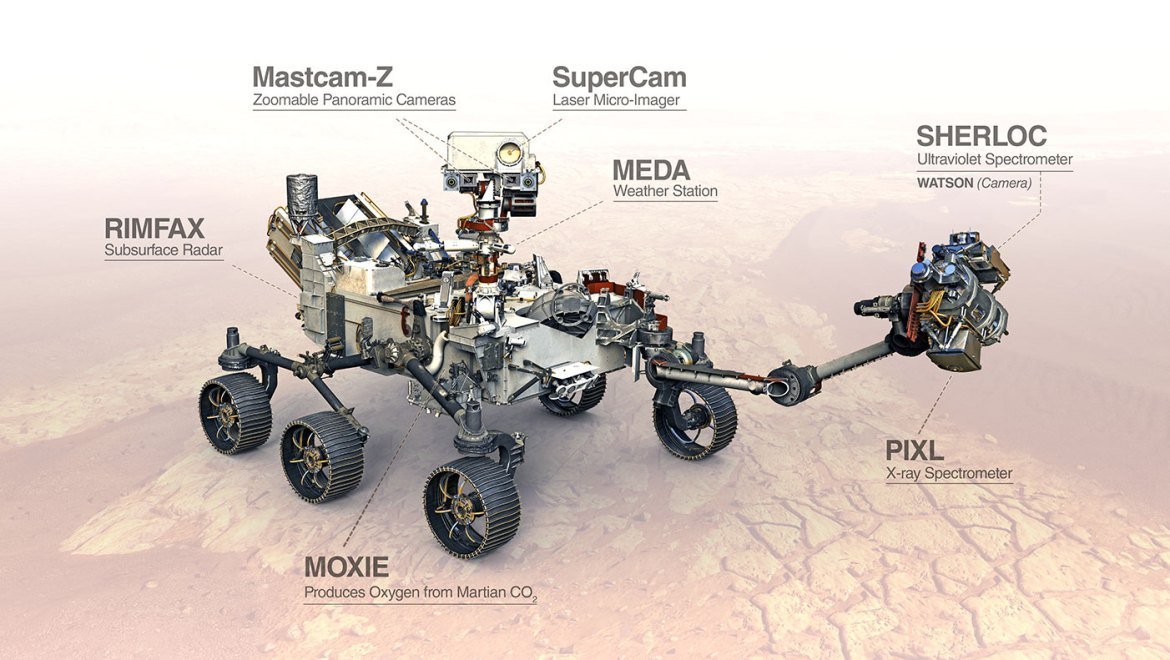NASA continues to benefit from the Perseverance rover, which it launched on July 30, 2020. The vehicle, which successfully landed on the surface of the red planet on February 18, 2021, continues its studies to search for signs of life and collect samples. On his last mission, he managed to record the sound of Mars.
Analyzing the data from the Perseverance rover’s microphones, planetary scientist Baptiste Chide, from JPL (Jet Propulsion Laboratory), made the following explanation for the recorded sounds: From wind gusts to the rover’s driving sounds, the entire recording is filled with the sound of Mars. Plus, it feels like you’re really standing there.
How do they record the sound of Mars?
Chide, who works at the Astrophysics Research Institute in France, says that Martian sounds have very strong bass vibrations, so we can really feel it when you listen to it with headphones. He also stated that he thinks the microphones will contribute more than expected in future research on Mars and other planets.
The sound of Mars
Above the Perseverance navigator, besides the one made by Danish company DPA Microphones, there is a second microphone built into the SuperCam device. JPL (Jet Propulsion Laboratory), which has been using the SuperCam’s internal microphone for the past 8 months, obtained the recordings it made on Jezero Crater. The company made the following statement on the subject:
Some of these records inform scientists about changes in the planet’s atmosphere; After all, sound propagates through vibrations in the air. The SuperCam microphone on Perseverance’s mast is ideally located for monitoring micro-turbulence changes in the air. It complements the rover’s special wind sensors, which are part of a suite of atmospheric instruments called the MEDA (Mars Environmental Dynamics Analyzer).
MEDA’s sensors collect information about wind speed, pressure and temperature. These sensors, which work for 2 hours each time they start the task, acquire data up to 2 samples per second. On the other hand, JPL said that SuperCam can acquire close to 20,000 data per second. However, he stated that the working time was quite short.

Jose Rodriguez Manfredi, principal investigator of MEDA and of Spain’s National Institute of Aerospace Technology, said in the same JPL statement:
It’s like comparing a magnifying glass to professional microscopes that can zoom up to 100x, from the weather scientist’s point of view, every detail and context complements each other.
NASA shares all the sounds recorded on the red planet over the internet. Click here to access the relevant site.